Spaces in Maryland dedicated to preserving and showcasing Black History
Did you know that there are many spaces within the state of Maryland that are dedicated to preserving and highlighting Black and African American History? This month and into March, the library will be displaying a list of spaces within the state of Maryland that are markers of Black History, as well as related books and DVDs. The display is located on the 1st floor of the library right across from the circulation desk and above the DVD collection.
Our research team for this project consisted of student interns Elisia Lewis, Brynn Desmond, and librarian, Haley Galloway. They worked to research the history and stories behind the monuments, spaces, and museums dedicated to African American heritage within the state of Maryland.
This map showcases places within the state of Maryland that have been built, curated, and highlight Black History:
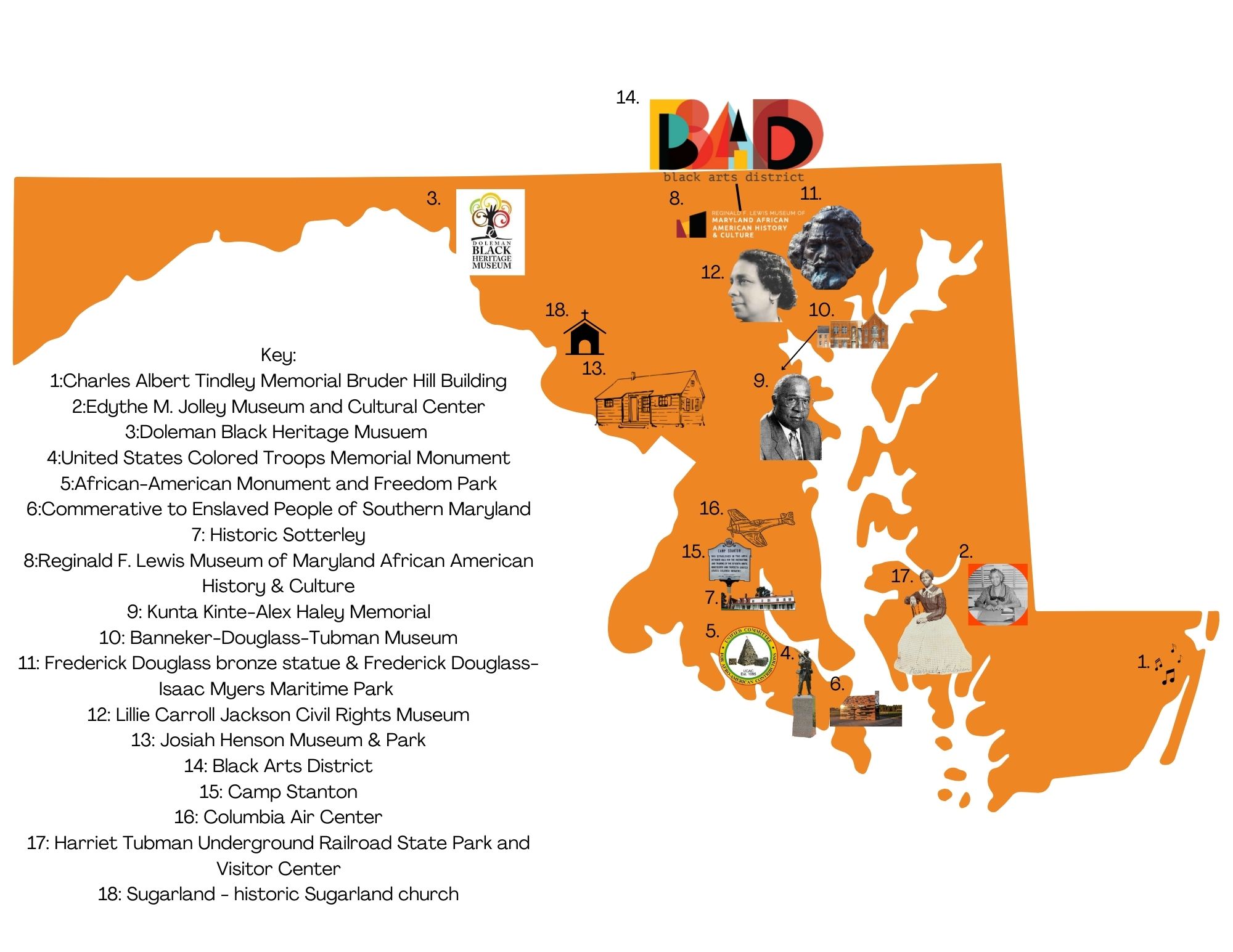
*note that this is not a complete list of spaces – we hope to continue to grow this list. If you have a space you would like to share please email slreyes@smcm.edu*
Full list of spaces are at the end of this post with additional links and information.
Our research team selected and researched 5 spaces out of the list to highlight:
United States Colored Troops Memorial Monument
Location: Lexington Park, MD
The United States Colored Troops Memorial Monument is dedicated to the Colored Troops, soldiers, and sailors from St. Mary’s County who served the Union during the Civil War. More than 700 enslaved and free Black men from St. Mary’s County joined the Colored Troops to fight for the emancipation of all enslaved people. The statue depicts a confidently posed Black soldier, symbolizing the personal autonomy granted to Black men by joining the United States Colored Troops—an autonomy which had historically been stripped from Black people. The memorial commemorates the lasting legacy of the United States Colored Troop Soldiers and their triumphant bravery in fighting a war against racial oppression.
Honoring the 38th Colored Infantry Regiment, with more than 700 Black soldiers being from St. Mary’s County. This monument also honors “medal of honor recipients, all Union Soldiers, and Sailors from Saint Mary’s County who served during the Civil War” per inscription. Its founders are Idolia Shubrooks (resident and veteran’s granddaughter), United Committee for Afro-American Contributions (UCAC), Sons of Union Veterans. With funding by the community and bond bills by representatives Roy Dyson and John Bohanan.
- Depiction of monument: A Black man wearing a Union army uniform with a rifle slung over his shoulder, posing strongly.
- Important Historical Figures: Pvt. William H. Barnes and Sgt. James H. Harris who earned the Medal of Honor for gallantry at the Battle of New Market Heights, Va.
- Sculptor: Gary Casteel
- Inscriptions: “United States Colored Troops (USCT)
This monument is dedicated in grateful tribute to the United States Colored Troops of St. Mary’s County. It honors medal of honor recipients, all Union Soldiers, and Sailors from Saint Mary’s County who served during the Civil War (1861-1865) Dedicated June 16, 2012. All honor and all glory to the emaciated slaves, freedmen, and all noble sons of St. Mary’s County who fought during the Civil War to save the Union and secure the heritage of human freedom.”
Sources: Visit St. Mary’s, SoMD News, SoMD Equity in History Coalition, Historical Marker Database
Kunta Kinte-Alex Haley Memorial
Location; Historic Annapolis, MD
The Kunta Kinte-Alex Haley Memorial in Annapolis, Maryland, stands as a powerful tribute to the resilience of family heritage and the legacy of those who endured the transatlantic slave trade. Inspired by Alex Haley’s groundbreaking research and his Pulitzer Prize-winning book, Roots: The Saga of an American Family, the memorial honors the journey of Kunta Kinte, an enslaved African who arrived in Annapolis in 1767, and Alex Haley’s relentless quest to uncover his family’s history. This memorial holds profound significance as the only site in the United States that commemorates the name and documented arrival point of an enslaved African. It serves as a poignant reminder of the struggles and triumphs of Black Americans and the importance of preserving ancestral stories. Located at the Annapolis City Dock, the memorial invites visitors to reflect on the enduring impact of history and the power of reclaiming one’s roots.
While living in Tennessee with his grandparents, Alex Haley learned the story of his African ancestor, Kunta Kinte. Motivated by his desire to find out more about his family’s history, Mr. Haley began a years-long research endeavor to find the true story of his ancestor. His efforts took him from oral historians in his ancestral village in Gambia to the Maryland State Archives, where he found historical records recounting the movements of a British merchant ship arriving from Gambia to Annapolis, holding 98 captured Africans. It is believed that Kunta Kinte was among this group of enslaved individuals advertised for auction in 1767. (Kunta Kinte – Alex Haley Foundation.)
The Kunta Kinte-Alex Haley Memorial honors the tireless efforts of Alex Haley to uncover the history of his family, something that is often difficult to accomplish for the descendants of enslaved Africans. The Kunta Kinte-Alex Haley Memorial remains the only memorial in the United States that commemorates the actual name and place of arrival of an enslaved African.
- Depiction: Three separate installations that consist of a compass rose, depicting a globe centered on Annapolis, MD; a sculpture group that shows Alex Haley recounting the tale of Kunta Kinte to a group of children; and a story wall the incorporates quotes and themes from Alex Haley’s award-winning novel, Roots.
- Dedicated: June 12, 2002
- Founders: Kunta Kinte-Alex Haley foundation under the direction of President Leonard A. Blackshear.
- Funding: Local citizens & the Kunta Kinte-Alex Haley Foundation
- Important Historical Figures: Kunta Kinte, Alex Haley
- Artists: Site Designer: Gary S. Schwerzler, Sculpture Group: Ed Dwight, Story Wall & Information Stand: Peter D. Tasi & Patricia Fisher McHold, Story Wall Narrative: Wiley A. Hall, Construction: Joe Baker
- Inscriptions: “Alex Haley, in his family’s story, Roots, shows how the strength of the human spirit to overcome challenges comes from maintaining strong family connections and pride in one’s heritage. Here, Alex shares heritage stories with children of diverse ethnic groups.
Take time to share heritage stories with children so they can pass on their proud heritage and learn respect for the heritage of others”
Sources: Kunta Kinte-Alex Haley Foundation; Kunta Kinte-Alex Haley Memorial Annapolis; Alex Haley
Lillie Carroll Jackson Civil Rights Museum
Location: Baltimore, MD
The Lillie Carroll Jackson Civil Rights Museum opened its doors in 1978 when Virginia Jackson-Kiah turned her mother’s home into a museum. The museum’s original owner and namesake, Dr. Lillie Carroll Jackson was a staunch civil rights activist in the Baltimore region. Jackson was the Baltimore NAACP chapter’s president for 35 years during which the NAACP won several civil rights cases against segregated public and private institutions, including the University of Maryland. Under Jackson, the NAACP orchestrated boycotts, funded Black education, and held voter registration drives.
The Lillie Carroll Jackson Museum not only honors Jackson’s legacy, but the legacy of civil rights in Maryland. The museum features several galleries ranging from personal information about the Jackson family and the Baltimore NAACP chapter to the earliest freedom fighters like Frederick Douglass.
Sources: Lillie Carroll Jackson Museum Official Website; Maryland State Archives; Baltimore Heritage
Josiah Henson Museum & Park
Location: Bethesda, MD
The Riley/Bolton House, located in Montgomery County, Maryland, is a historic site tied to the life of Josiah Henson, an author, abolitionist, and minister who was enslaved on the Riley Plantation. Henson’s 1849 autobiography, The Life of Josiah Henson, Formerly a Slave, Now an Inhabitant of Canada, vividly detailed his experiences in slavery and escape to freedom, inspiring Harriet Beecher Stowe’s groundbreaking novel, Uncle Tom’s Cabin.
While Henson’s story became a cornerstone of the abolitionist movement, the actual cabin he lived in no longer exists, having been demolished in the 1950s. This property, once part of the plantation where Henson toiled as a field laborer and overseer, now serves as a museum and educational center dedicated to his legacy, the broader history of slavery in Maryland, and the ongoing struggle for racial equality.
Sources: National Park Service-Josiah Henson; Washington Post- Uncle Tom’s Cabin, ZigerSnead Architects- The Planning of Josiah Henson Park; Josiah Henson Museum Park Official Site; Montgomery County Planning Board- Josiah Henson Park
Camp Stanton
Location: Hughsville, MD
Camp Stanton, located on the west side of the Patuxent River in Charles County, Southern Maryland, was established in October 1863 as a recruitment and training camp for Black soldiers during the Civil War. Named for Secretary of War Edwin Stanton, it trained the 7th, 9th, 19th, and 30th Regiments of the United States Colored Troops (USCT), who played a pivotal role in the Union’s final campaigns in Virginia.
The camp’s establishment marked a turning point in the fight for freedom, as it provided enslaved and free Black men the opportunity to enlist and fight for emancipation. Today, the site is commemorated by a historic roadside marker near the village of Benedict, honoring the bravery and contributions of the USCT soldiers who trained there and helped secure Union victory.
Sources: Camp Stanton | VisitMaryland.org; Camp Stanton | Charles County Tourism
Full list of spaces notated on the image of the map:
- Charles Albert Tindley Memorial Bruder Hill Building
- Location: Berlin, MD
- Further information: Beach, Bays, & Water Ways: Dr. Charles Albert Tindley
- Edythe M. Jolley Museum and Cultural Center
- Location: Cambridge, MD
- Further information: The Mace’s Lane Community Center, Inc. (MLCC)
- Doleman Black Heritage Museum
- Location: Hagerstown, MD
- Further information: Doleman Black Heritage Museum
- United States Colored Troops Memorial Monument
- Location: Lexington Park, MD
- Further information: Visit St. Mary’s, SoMD News, SoMD Equity in History Coalition, Historical Marker Database
- African-American Monument and Freedom Park
- Location: Lexington Park, MD
- Further information: SoMD Equity in History, Unified Committee for Afro-American Contributions
- Commemorative to Enslaved People of Southern Maryland
- Lexington Park, MD
- Further information: SMCM: About the Commemorative
- Historic Sotterley:
- Location: Hollywood, MD
- Further information: Historic Sotterley: Common Ground
- Reginald F. Lewis Museum
- Baltimore, MD
- Further information: Reginald F. Lewis Museum
- Kunta Kinte-Alex Haley Memorial
- Location: Annapolis, MD
- Further information: Kunta Kinte-Alex Haley Foundation; Kunta Kinte-Alex Haley Memorial Annapolis; Alex Haley
- Banneker-Douglass-Tubman Museum
- Location: Annapolis, MD
- Further information: https://bdmuseum.maryland.gov/ https://www.eyeonannapolis.net/2024/10/banneker-douglass-museum-to-be-renamed-in-honor-of-harriet-tubman-on-november-1/
- Frederick Douglass bronze statue & Frederick Douglass-Isaac Myers Maritime Park
- Location: Baltimore, MD
- Further information: Frederick Douglass (Baltimore, Maryland), Frederick Douglass-Isaac Myers Maritime Park — Living Classrooms Foundation
- Lillie Carroll Jackson Civil Rights Museum
- Location: Baltimore, MD
- Further information: Official Website, Maryland State Archives, Baltimore Heritage
- Josiah Henson Museum & Park
- Location: North Bethesda, MD
- Further information: National Park Service-Josiah Henson, Washington Post- Uncle Tom’s Cabin, ZigerSnead Architects- The Planning of Josiah Henson Park, Josiah Henson Museum Park Official Site, Montgomery County Planning Board- Josiah Henson Park
- Black Arts District
- Location: Baltimore, MD
- Further information: Black Arts District
- Camp Stanton
- Location: Hughesville, MD
- Further information: Camp Stanton | VisitMaryland.org, Camp Stanton | Charles County Tourism
- Columbia Air Center
- Location: Croom, MD
- Further information: Columbia Air Center
- Harriet Tubman Underground Railroad State Park and Visitor Center
- Location: Church Creek, MD
- Further information: Harriet Tubman Underground Railroad National Historical Park (U.S. National Park Service)
- Sugarland – historic Sugarland church
- Location: Poolesville, MD
- Further information: Sugarland Ethno-History Project
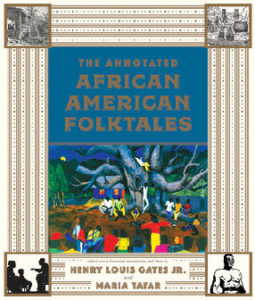
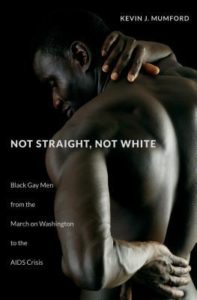
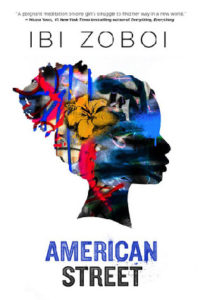
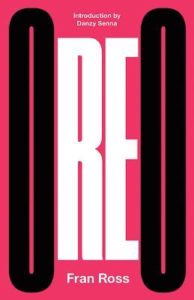 Upon hearing the news, Georgiana abruptly departs for the island. Mycroft convinces Douglas that they should follow her, drawing the two men into a web of dark secrets that grows more treacherous with each step they take.
Upon hearing the news, Georgiana abruptly departs for the island. Mycroft convinces Douglas that they should follow her, drawing the two men into a web of dark secrets that grows more treacherous with each step they take.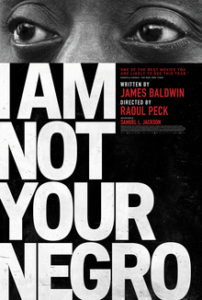
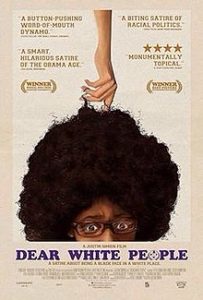



 Kehinde Wiley‘s larger than life portraits combine old and new by referencing or recreating Old Masters paintings with contemporary figures as a way to address the image and status of young African-American men in contemporary culture.
Kehinde Wiley‘s larger than life portraits combine old and new by referencing or recreating Old Masters paintings with contemporary figures as a way to address the image and status of young African-American men in contemporary culture. Nick Cave is a sculptor, dancer, and performance artist most well know for his “Soundsuits” – wearable sculptures made of fabric and other materials.
Nick Cave is a sculptor, dancer, and performance artist most well know for his “Soundsuits” – wearable sculptures made of fabric and other materials.




